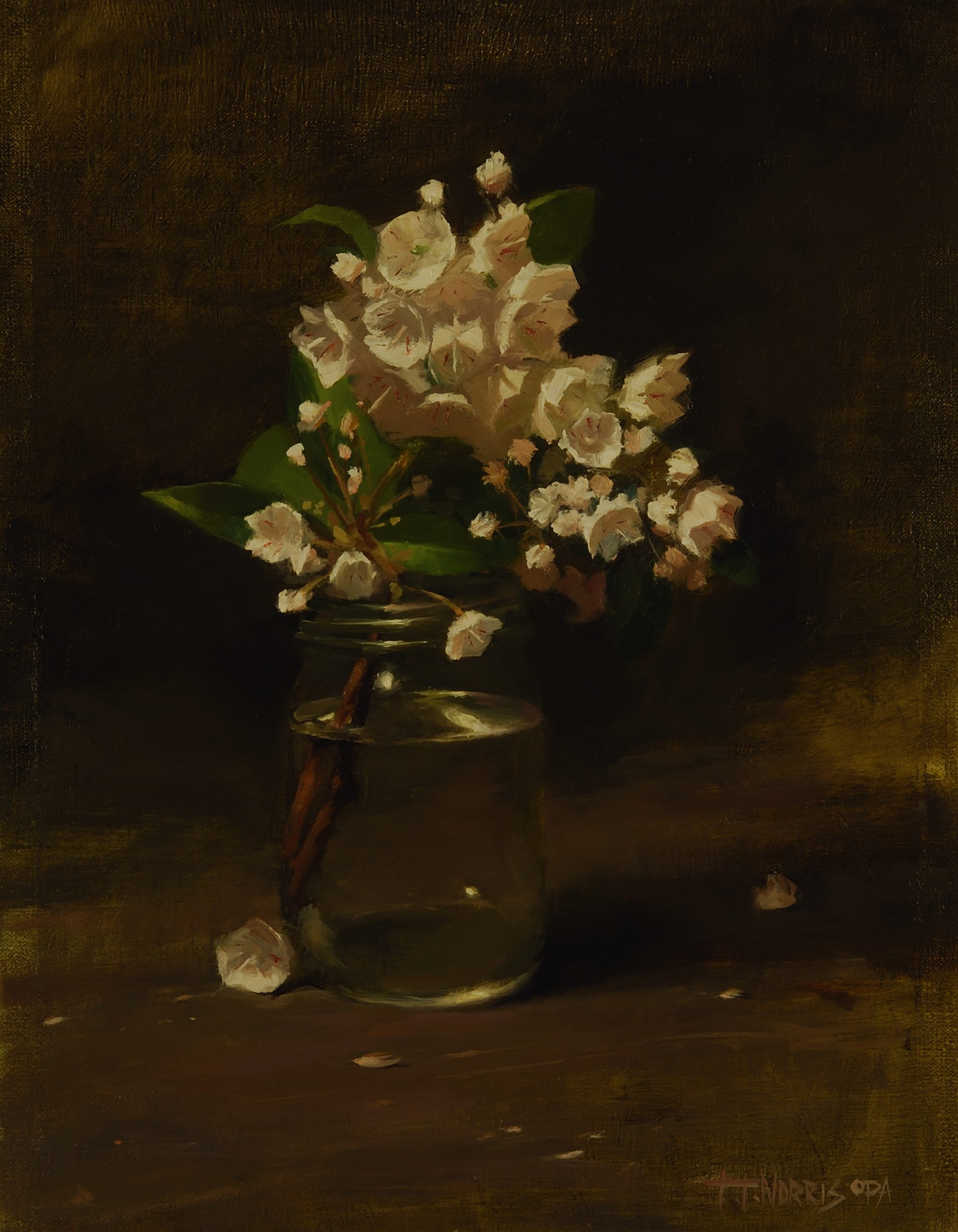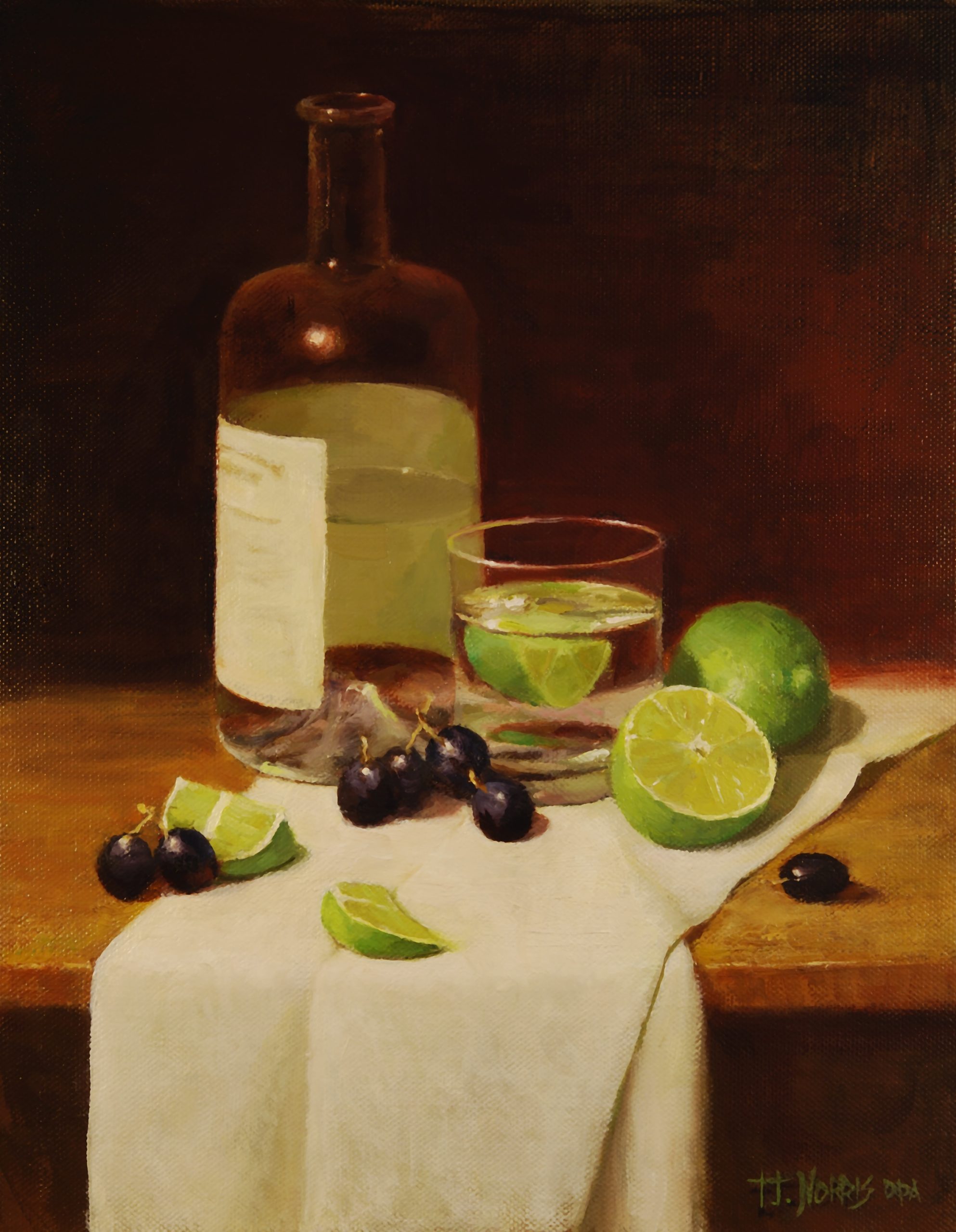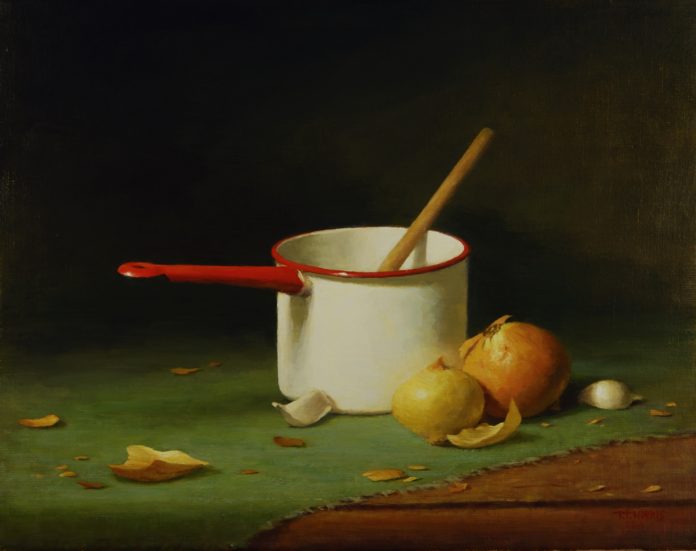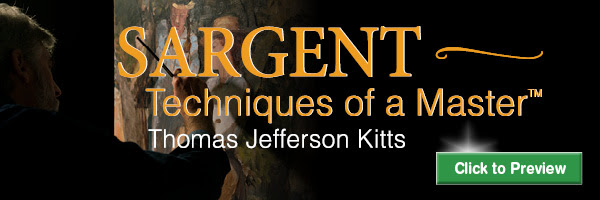Contemporary artist Terry Norris takes us through the concepts that inspire her traditional still life painting techniques and the quickest and most effective way she has found to develop one’s own vision and practical painting knowledge.
Still Life Painting: The Path from Ephemeral to Visual
BY TERRY NORRIS
(terrytnorris.com)
My inspiration comes from the visual world, from the paint itself, and from the works of other painters. These things blend into a painting idea in the consciousness in some inexplicable way, an ephemeral call that leads one to begin moving the physical world (models, painting equipment, the body) to produce a new form that will, with some attention and concentration, become a reflection of the visual thought/feeling. This is the progression of the production of my paintings. It feels as though I am being led down a path to a place I’ve never seen before, but have a vague idea of what it will feel like when I get there.
Once I get the will to start, it is time to become focused and quiet and sensitive to that fledgling idea, to protect and nurture and keep it fed with attention. This can be very difficult in this time of constant distractions from electronic devices and just the general busyness and noise of our own minds. That is the biggest challenge, the greatest obstacle to true inspiration, for it is quiet; the still, small voice. This is why, though other subjects interest me, I focus primarily on still life. It helps me to maintain the concentration required to bring the work to the level of communication that I am after.
Sometimes, major changes are made along the way. I seek to craft an image that works on many levels simultaneously, that does not wear out or become uninteresting after multiple viewings. It all comes down to feeling: how the artist feels when painting and then viewing it, how the viewer feels when seeing it.

By using simple still life studies to teach myself to manipulate paint to convey form, I was led to learning to see in a different way than in normal life, and learned about the qualities and beauty of the paint itself. The work of other artists, particularly past artists such as Chardin, Fantin-Latour, Vermeer, Henri and even Van Gogh adds that last component of inspiration by showing what joy and beauty can be conveyed through these means. There are also contemporary artists that inspire me such as David Leffel, Richard Schmid, Gregg Kreutz, and Thomas Buechner. They all give us, through their attention to their own vision, a glimpse of what is achievable.
Finding one’s own vision comes along with learning technique, or, mastering physical control and understanding of paint. Focusing on a simple, obvious goal for the paint greatly speeds learning. The quickest and most effective way that I have found to develop one’s own vision AND practical painting knowledge simultaneously is a course that is presented in the book, How to See Color and Paint It by Arthur Stern. It presents a series of specific studies to be done consecutively in a particular way.
I did this course myself and have been teaching the method for over 20 years. If the course is done with honesty and dedication, it will, by its very simplicity, lead the student to his/her own personal vision. It takes some time for this aspect to emerge, but any amount of practicing the method outlined will bring skills and knowledge of immediate practical use to painters of all levels. It is one method to get connected to the source of inspiration and from there one may go in any direction.

In order for awakening of vision to occur, one must, for a while, not think about originality of vision. This is done by giving it a vehicle through which it can manifest on its own. It is, of course, the painter himself calling it forth from his deeper dimensions, and it is very likely to be a surprise to him. It is a way of circumventing our conditioned ways of seeing and thinking.
I was surprised at the traditional subject matter and level of realism that emerged for me. Each painter will manifest a different vision that will continue to evolve. I believe that artists are always in a process of growth and change that must be reflected in the work in order for interest and enthusiasm to be maintained. It is essential to continually reconnect with the source of inspiration, whatever level a painter has reached, and follow its lead. For me, it is the contemplation and study of Nature, meaning all that I see, that keeps me connected.
Related Article > Autobiographical Still Life Paintings: It’s All About the Idea
***
Realism Today covers artists and products we think you’ll love. Linked products are independently selected and linked to for your convenience. If you buy something using a link on this page, Streamline Publishing may receive a small share of that sale.
Learn how to paint like Sargent with the Streamline Art Video Workshop “Thomas Jefferson Kitts: Sargent – Techniques of a Master” (preview below):






